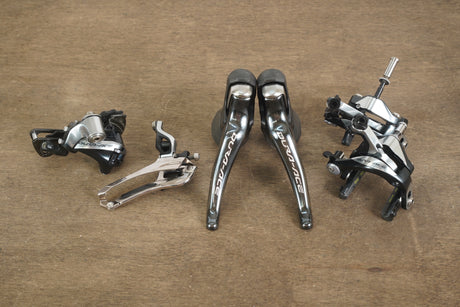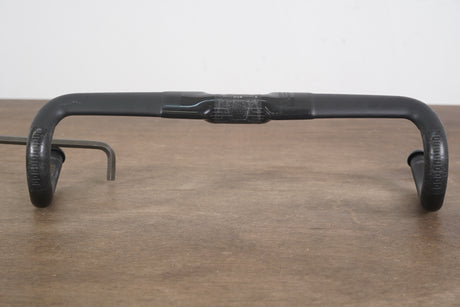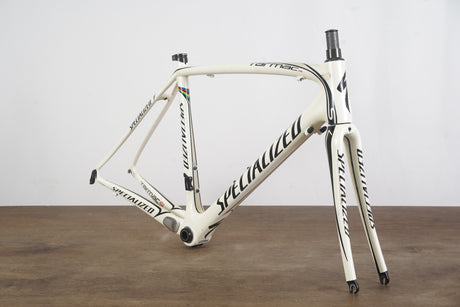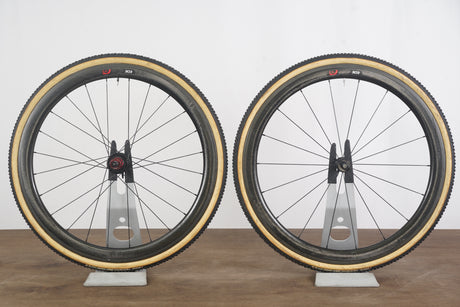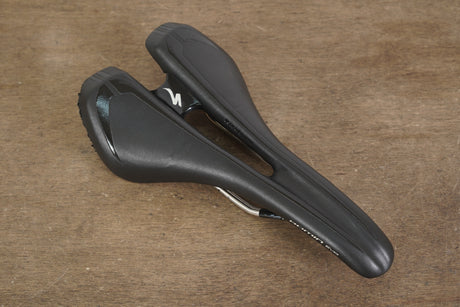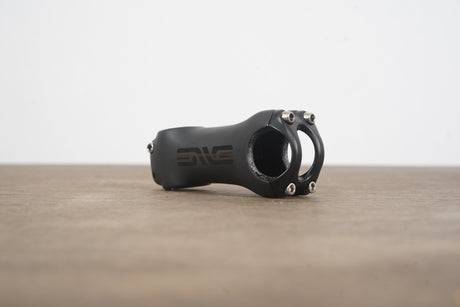If you’ve been researching aerodynamic wheels, you may have come across the Rule of 105. But what is it, and why do serious cyclists keep talking about it? Understanding this principle can help you choose wheels that not only look fast but actually make you faster on the road.
Breaking Down the Rule of 105
The Rule of 105 states that for a wheel-tire system to be aerodynamic, the rim’s external width should be at least 105% of the tire’s measured width. In other words, the rim needs to be wider than the tire to reduce drag and improve airflow. This ratio ensures that the wheel maintains laminar airflow, minimizing turbulence around the tire.
Why It Matters
When your tire is wider than your rim, the airflow gets disrupted, causing drag. Following the Rule of 105 delivers:
- Better aerodynamics – smoother airflow saves watts, especially at higher speeds.
- Improved stability – wider rims paired correctly with tires enhance crosswind control.
- Faster rolling efficiency – reduced drag means more speed with less effort.
How to Apply the Rule
To make sure your setup follows the Rule of 105, measure your tire’s actual width, not just the number printed on the side. Tire widths can vary depending on rim shape and pressure. For example, if your tire measures 28mm, your rim should be at least 29.4mm wide externally to meet the rule.
Is It Always Necessary?
While the Rule of 105 is crucial for maximizing aerodynamics, it’s not the only factor to consider. Comfort, terrain, and handling also matter. Riders who prioritize speed, time trials, or triathlons benefit the most. Endurance riders may value comfort over strict adherence to the rule.
FAQs
1. Does the Rule of 105 apply to all types of riding?
It’s most important in road cycling, time trials, and triathlons where aerodynamics play a huge role. For gravel or endurance rides, tire choice and comfort often matter more.
2. How do I know my rim width?
Check the manufacturer’s specs or measure with calipers across the widest point of the rim. Be sure to compare this with the measured tire width, not just the labeled size.
3. Are wider rims always better?
Not always. While wider rims improve aerodynamics and stability with wider tires, they can add weight and may not fit all frames. Always confirm compatibility before buying.

